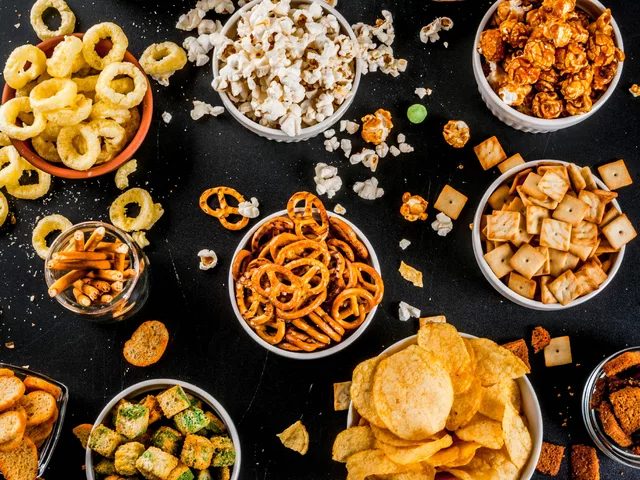Indian Cuisine: Tasty Dishes That Have Gone Global
Ever wondered why you can find a plate of butter chicken in New York, London, or Sydney? Indian cuisine’s bold spices and comforting flavors make it a hit wherever people gather. In this guide, we’ll break down the dishes you’re most likely to see, why they travel so well, and how you can bring those tastes into your own kitchen.
Why Indian Food Is Everywhere
First off, Indian food is built on a few simple ideas: fresh spices, layered flavors, and versatile cooking methods. Whether it’s a quick street‑side samosa or a slow‑cooked biryani, each recipe balances heat, sweetness, and acidity. That balance appeals to many palates, so restaurants around the world adapt the dishes to local tastes without losing the core taste profile.
Take tandoori chicken, for example. The high‑heat grill gives the meat a smoky crust while a yogurt‑based marinade keeps it juicy. The same technique works for paneer, fish, or even vegetables, which is why you’ll spot a “tandoori” option on menus from Bangkok to Buenos Aires. The dish is easy to scale up, looks colorful, and packs a punch without being overly complicated.
Another global favorite is the humble samosa. Its crispy pastry and spiced potato filling make it a perfect snack for busy city dwellers. Because the filling can be swapped—think lentils, minced meat, or cheese—chefs can tailor it to regional preferences, keeping the core concept recognizable yet fresh.
Everyday Indian Dishes You Can Make at Home
If you’re ready to try these flavors yourself, start with a few pantry staples: cumin, coriander, turmeric, and garam masala. With those, you can whip up dal makhani, a rich lentil stew that’s creamy, smoky, and surprisingly simple. The trick is to simmer the lentils slowly and finish with a dash of butter or cream for that signature silkiness.
Next up is naan bread. You don’t need a tandoor; a hot skillet or oven works just fine. Mix flour, yeast, yogurt, and a pinch of sugar, let the dough rise, then cook it until you see golden bubbles. Brush with melted butter and sprinkle with fresh cilantro for an authentic touch.
Butter chicken is another crowd‑pleaser. Start by marinating chicken pieces in yogurt, ginger‑garlic paste, and a splash of lemon juice. After a quick sear, simmer the meat in a tomato‑based sauce spiked with kasuri methi (dried fenugreek leaves) and a splash of cream. The result is a velvety sauce that pairs perfectly with rice or naan.
Don’t forget the side dishes. Simple cucumber raita—yogurt mixed with grated cucumber, a pinch of cumin, and fresh mint—cuts through the heat and adds a cooling contrast. A quick mango chutney, made by simmering diced mango with sugar, vinegar, and a dash of chili, adds sweet‑spicy flair to any plate.
All these recipes share one secret: balance. Indian cooks constantly taste and adjust, adding a pinch of salt, a squeeze of lemon, or a splash of cream until flavors click. Feel free to experiment—swap veggies, tweak spice levels, or add a squeeze of fresh lime at the end.
So next time you spot a plate of naan or a bowl of dal on a menu, you’ll know the story behind it. And when you decide to cook at home, you’ll have a handful of go‑to dishes that bring the zest of Indian cuisine right to your table. Happy cooking, and enjoy the adventure of flavor!

Indian cuisine is one of the world's most popular, with dishes ranging from spices to curries. Indian food is available all over the world, from street stalls to high-end restaurants. The most popular dishes include tandoori chicken, samosas, dal makhani, naan bread, and butter chicken. Indian food is often served with rice, vegetables, and chutneys. Indian food is known for its unique flavors and spices, making it an enjoyable experience for many people around the world. (Read More)



